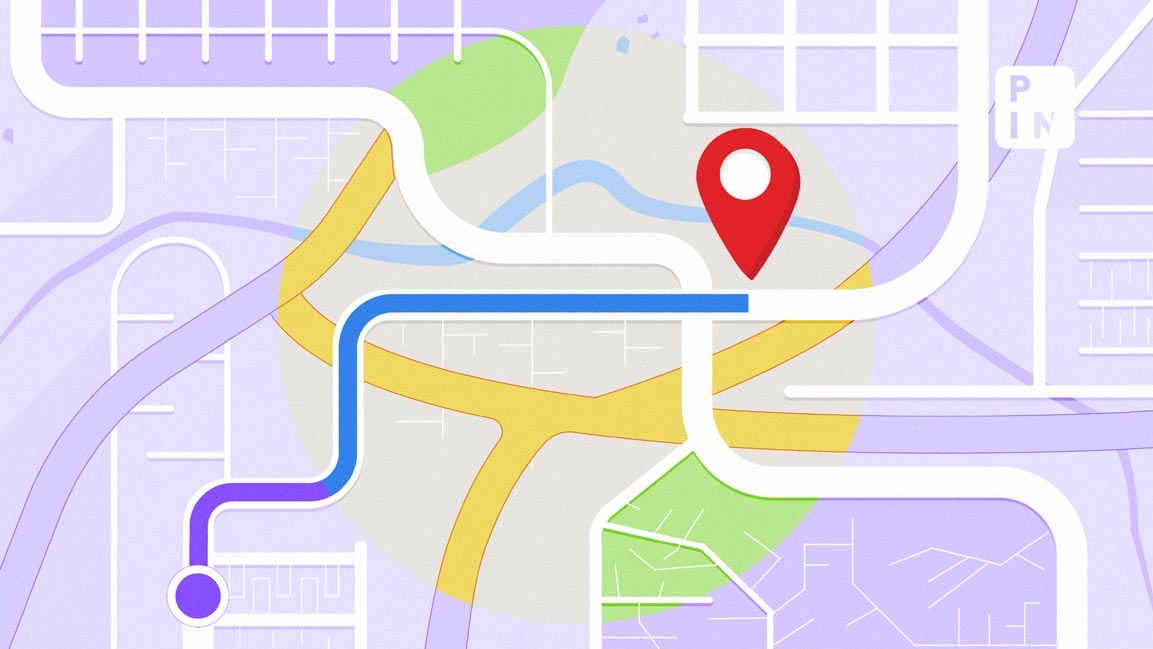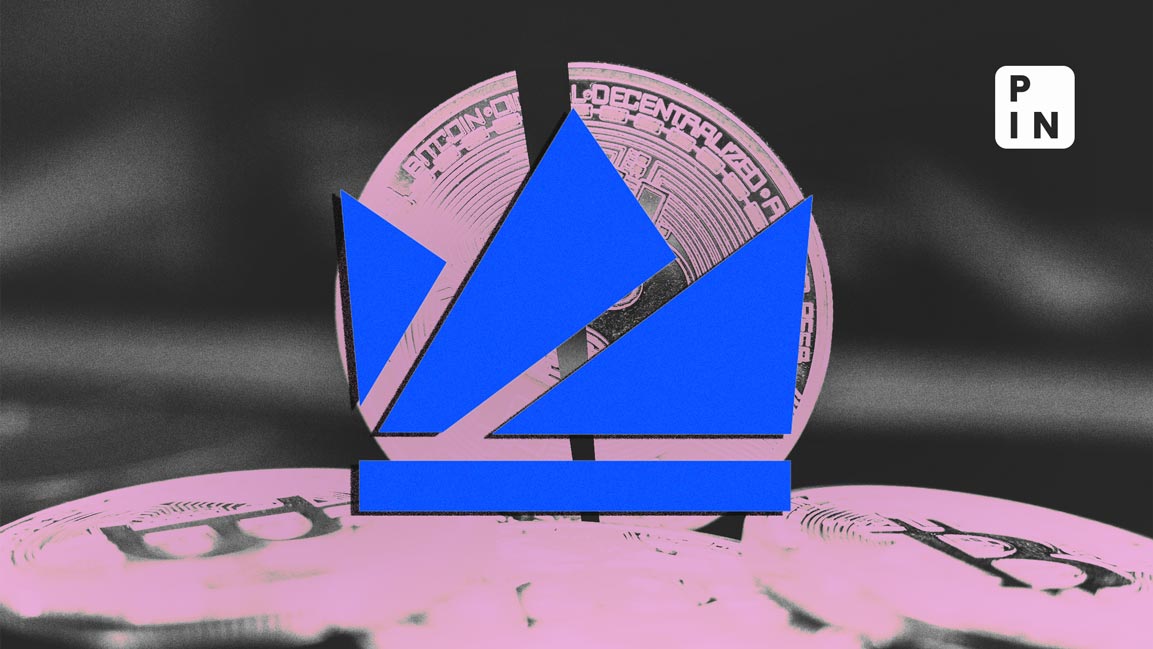- | 11:45 am
Are brands misallocating resources in Indian digital advertising market?
Despite dominating ad budgets, closed digital ecosystems like Google and Meta aren’t where Indians spend most of their online time, says study

Closed digital ecosystems, or ‘walled gardens’, such as Google, Meta, Instagram, and YouTube, corner a major share of the advertising pie and yet don’t capture the majority of consumer time online, a recent study showed.
Indians spend half their time on the open internet, though ad spending is more than fivefold higher on closed ecosystems, the research said.
Open internet includes online media such as websites, platforms, and apps across categories including gaming, news, blogs, music, and television.
The study by data-driven media buying platform Trade Desk and global marketing data consultancy Kantar highlights a disconnect between ad spend and consumer behavior.
“Even though walled gardens have gained large numbers of users over the past decade, the open internet has flourished equally with the advent of new media channels, such as video streaming and music streaming platforms,” Tejinder Gill, general manager, India, at The Trade Desk, said in the foreword to the report.
“Coupled with the rise of ad-supported models, the open internet presents an underleveraged – and often, overlooked – opportunity for marketers,” Gill said.
Consumers view brands on the open internet as more premium, the study noted. About a third of internet users agree that ads on over-the-top or connected TV (OTT/CTV) platforms look more premium than those on YouTube.
The report suggests that the future of digital advertising may shift toward the open internet, spurred by changes in consumer behavior and advancements in ad technology.
Factors such as on-demand entertainment, the end of cookies due to privacy concerns, and the growth of e-commerce could redefine the ad landscape, the study added.
Explaining the impending transition, Gill said, “With a move toward a more privacy-focused internet, consumers will be choosier about brands.”
“Consent-driven retail data, brought forth by the acceleration of e-commerce, will offer one of the most authenticated logged-in data sets on the internet,” he added.
The study forecasts the value of India’s OTT/CTV market to grow 10.1% annually from $3.76 billion this year to $5.51 billion in 2027.
India’s digital advertising market, meanwhile, is projected to grow by 18% to $4.99 billion by next year, the report said, adding that with “such massive digital ad spend in the works, it is crucial for marketers to take a closer look at how they can optimise their budgets in relation to consumers’ time spent on the internet”.
The study finds that marketers seem stuck in old habits, favoring well-known platforms over newer ones where consumers actually spend more time.
If this continues, what’s the cost of missing out?
Focusing only on big-name platforms limits marketers. They miss other opportunities where consumers are engaged and trust brands. A diverse strategy could solve this, the study suggested.
Anjali Krishnan, head of media at Mondelez India, concurred with the findings.
“It’s important to connect with our target audience throughout their digital journey to effectively influence top-of-the-funnel brand awareness through to purchase,” Krishnan said.













